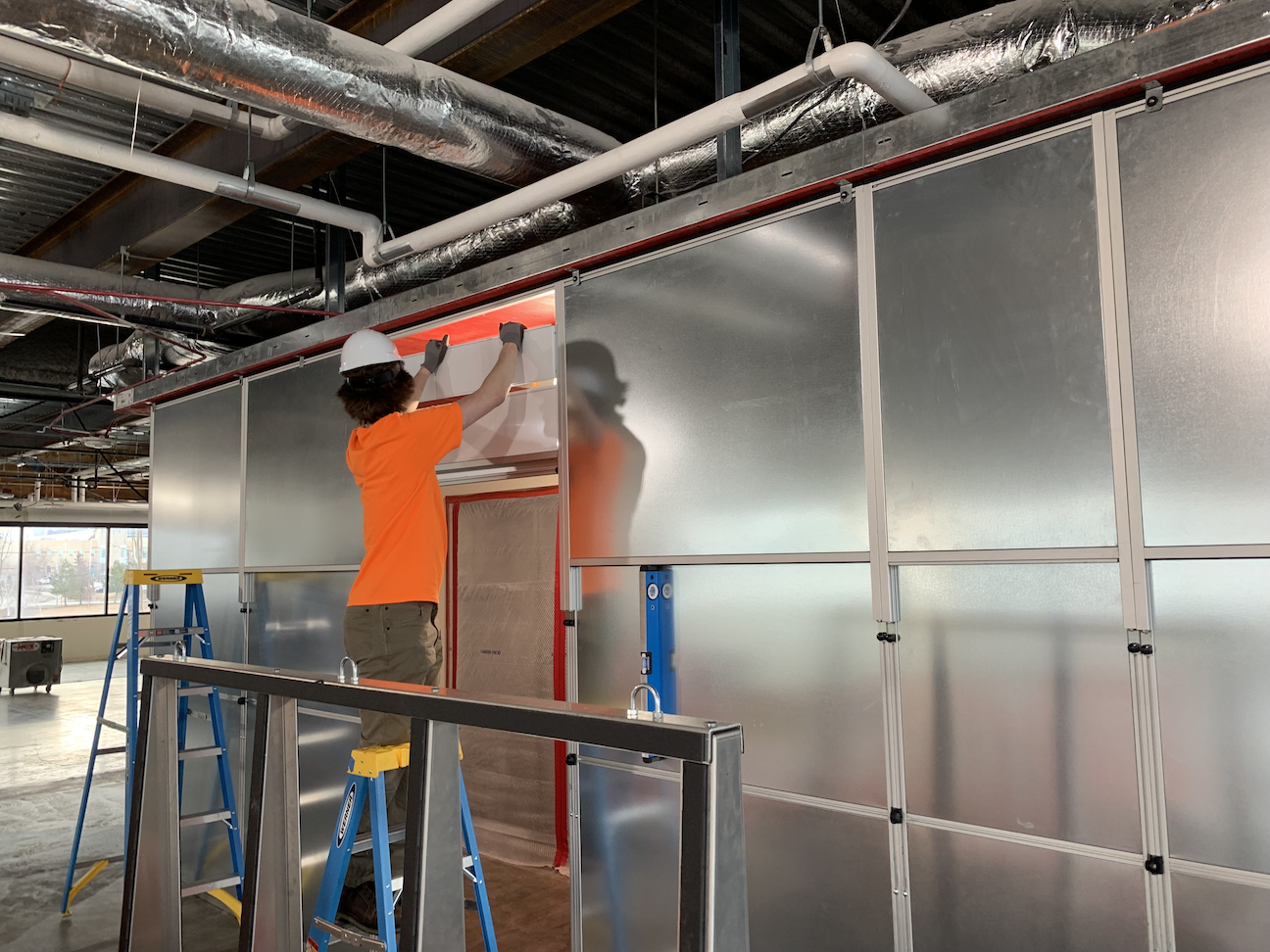Temporary Walls for Construction Safety: Reducing Liability Risks
Construction sites are dynamic environments full of activity, moving machinery, and ongoing risks. Safety is, therefore, a top priority for every construction manager, contractor, and safety officer. Minimizing liability is not just about compliance; it’s about safeguarding workers, pedestrians, and the entire project from preventable accidents.
Temporary walls have emerged as a versatile solution to mitigate many of these risks. They act as crucial barriers, contributing to a safer construction process while addressing issues like dust control, noise containment, and distraction reduction.
Understanding Liability Risks on Construction Sites
Construction sites are inherently high-risk workplaces. According to OSHA (Occupational Safety and Health Administration), there were 5283 workplace fatalities in 2023, many of which are preventable. Some of the most common on-site accidents include:
- Falls: From scaffolding, ladders, or unprotected edges.
- Collisions: Between workers and equipment or falling objects.
- Exposure to harmful substances: Dust and debris that can lead to respiratory problems.
- Noise-related consequences: Constant elevated noise can cause long-term hearing damage.
Each of these hazards not only puts workers in danger but opens businesses to liability issues like medical claims, project delays, non-compliance penalties, and reputational damage. Construction professionals need proactive strategies to address these risks effectively—and this is where temporary walls come into play.
The Benefits of Temporary Walls in Construction Safety
Temporary wall systems go beyond simply dividing workspaces. They provide targeted solutions that tackle on-site safety challenges effectively.
- Dust and Debris Containment
Construction often involves demolition, sanding, or grinding, all of which generate significant dust and debris. Prolonged exposure can harm workers’ health or even escape the worksite and impact nearby facilities or communities. One of the most common OSHA violations on a job site is due to improper dust management.
Temporary walls act as physical barriers that contain these particles within the designated construction areas. This minimizes worker exposure and prevents contamination of adjacent zones, maintaining both safety and cleanliness.
- Noise Reduction
Construction activity is rarely quiet. Heavy machines, power tools, and vehicle operations can create high-decibel environments, leading to potential hearing damage for workers and disruption to surrounding areas.
Specialized temporary walls with acoustic insulation properties help diminish noise levels. They create quieter work areas that protect employee hearing and promote harmonious relations with neighbors or nearby businesses.
- Distraction and Collision Prevention
Open construction sites can often distract workers or pedestrians, increasing the likelihood of accidents or mishaps. Temporary walls improve focus and workflow by creating clear boundaries between construction zones and other areas.
They also protect non-construction personnel or passersby from being caught in potentially dangerous environments—critical for sites situated near schools, hospitals, or busy public areas.
- Organized and Secure Workspaces
Beyond physical safety, temporary walls help create a well-organized site by providing clear visual divisions. Controlled entry points ensure that only authorized personnel can access sensitive areas. This organization minimizes risks of theft, unauthorized access, and additional liability issues.
Compliance Made Easy with Temporary Walls
Keeping up with OSHA standards and local regulatory requirements is no small task for any construction project. Temporary wall solutions simplify this process by aligning with many of the safety mandates outlined for the industry.
For example, OSHA mandates proactive measures to manage airborne hazards, noise exposure, and worksite configuration. By employing temporary walls designed for safety, businesses can meet these regulations with ease, reducing the risk of legal penalties and ensuring inspections go smoothly.
Real-World Example: Amazon Warehouse Containment Project
One of the most compelling illustrations of temporary walls’ value comes from a project at an Amazon warehouse in Kent, WA. The company needed a containment wall to shield specialized equipment while keeping surrounding areas safe and functional.
Key Project Details:
- Requirement: 67 linear feet of freestanding containment wall, including a hallway for access.
- Purpose: Protect a specialized piece of equipment and ensure worker safety during the project.
- Duration: The project lasted two months.
The temporary wall system allowed Amazon to maintain operations without risking employee safety or damaging expensive equipment. Such examples highlight how temporary walls go beyond compliance; they become a tool for operational efficiency and risk management.
Temporary Walls as a Proactive Safety Measure
Construction safety should never take a back seat. Temporary walls serve as an essential investment, ensuring safety while helping businesses avoid liability risks and regulatory complications. Whether it’s dust containment, noise reduction, or clear workspace delineation, these systems provide unmatched value to construction projects.
When safety is woven into the very foundation of your project, you build more than just structures—you build trust, reliability, and a track record of excellence.



